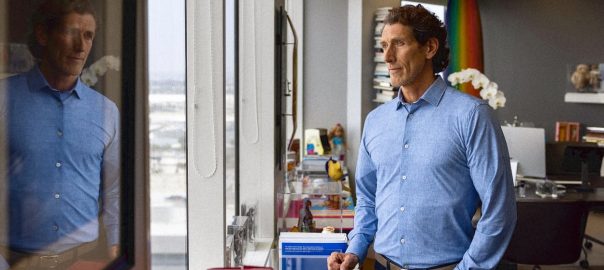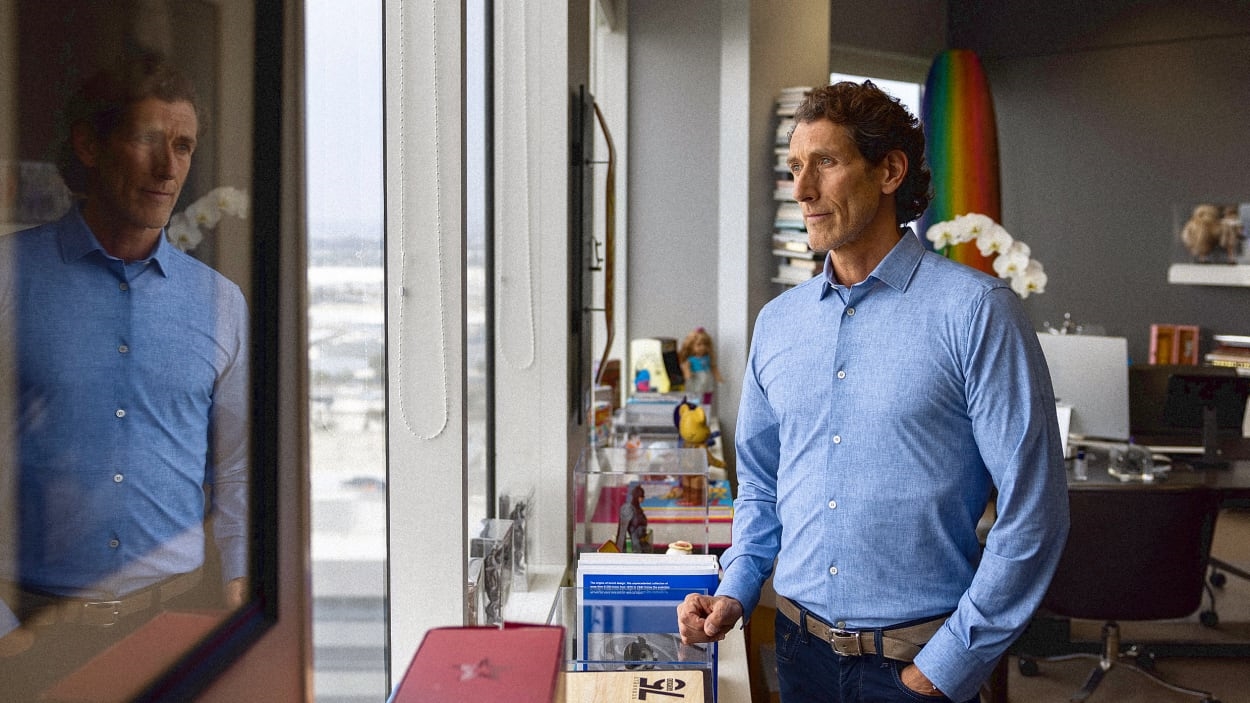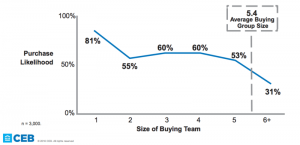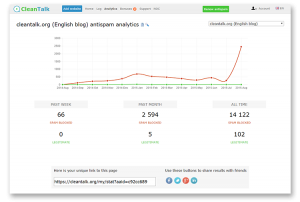Right now, there are few brands in the world as big as Barbie.
One person responsible for the current Barbiemania is Richard Dickson, who has been Mattel’s president and chief operating officer since 2014. (August 11, 2023), it was announced he had been appointed the new CEO of Gap, Inc, the ailing American fashion company that owns the Gap, Banana Republic, Old Navy, and Athleta brands. He’ll assume the new role on August 22.
As we’ve reported, this new appointment makes a lot of sense. When Dickson joined Mattel, its flagship Barbie brand had been on a three-year decline. Mattel’s own research found that many consumers thought the doll didn’t promote diversity or body inclusivity, which are important cultural values to millennial parents.
Dickson used those insights to reengineer the brand. He rolled out a wide range of new Barbies with different body types and ethnic backgrounds. This laid the foundation for the themes in the blockbuster Barbie movie that came out this weekend: Director Greta Gerwig has been able to credibly make the case that Barbies can be diverse, inclusive, and dare we say, cool.
Now, Dickson is tasked with spurring a similar turnaround at Gap, a 54-year-old brand that has been on the decline for years. After its heyday in the ’80s and ’90s when it was a major mall brand, its sales have been steadily creeping downward.
Here are five things he could do to reinvigorate the brand.
Lead on Sustainability
One lesson from Barbie’s decline is that the brand’s values did not resonate with millennial and Gen Z, who are generally more progressive than previous generations. Dickson turned the brand around by focusing on issues that are relevant to young consumers, like diversity and inclusion.
Dickson can do the same with Gap by making it a leader in sustainability. Over the last decade, consumers have become increasingly aware that the apparel industry is a major polluter and is actively accelerating climate change. In many ways, Gap encapsulates everything wrong with the industry: It’s a large company that churns out millions of garments a year that aren’t particularly high in quality, which means they will most likely end up in a landfill within a short period of time.
Gap now has an opportunity to take a leadership role in the space and give young consumers a brand that aligns with their desire to shop ethically.
Return to High Quality Classics
Sustainability is a clever strategy because it could allow Gap to return to its origins as a brand by focusing on high quality foundational garments. In its early years, Gap was know for its durable denim and well-made T-shirts, which are the foundation of the American wardrobe. Over the years, the brand tried to keep up with consumers’ changing tastes, releasing more trend-forward pieces. But these days, Gap doesn’t seem like it has a clear point of view.
Gap should return to its roots. It could take a page from successful startups like American Giant and Buck Mason that have been singularly focused on creating products of the highest quality, meant to last decades. To do this, Gap would have to pivot to better materials and higher wage factories, which would mean slightly higher prices. And this could be a good thing. Over the years, consumers have been used to seeing Gap liquidate its bloated inventory on clearance racks, making products seem cheap and disposable. This has diluted the brand. Selling fewer, better products would be a way to change this impression.
Stop Relying on Collaborations
Gap’s most recent effort to turn its fortunes around failed disastrously. In 2020, the Gap brand concentrated all its efforts on a single 10-year long partnership with Kanye West to cocreate a line of Yeezy-branded clothing. The goal was to elevate Gap to be a cool streetwear label. But the collaboration ended disastrously when Gap cancelled the contract because West delivered only a handful of designs after two years. Then, after West made antisemitic comments, Gap pulled any existing Yeezy merchandise from its shelves.
I would argue that the problem wasn’t that West was a poor collaborator. The problem was that Gap was piggybacking on other brands to make it more interesting rather than focusing on what made Gap such a powerful brand in the first place. Gap seems poised to continue rolling out more collaborations. This year, it announced a partnership with Mattel to bring Barbie and Hot Wheels branded merchandise to Gap stores.
If Gap is to survive long-term, it can’t simply bask in the glow of other exciting brands. It needs to remind consumers what made it such an iconic brand in the first place.
(6)








